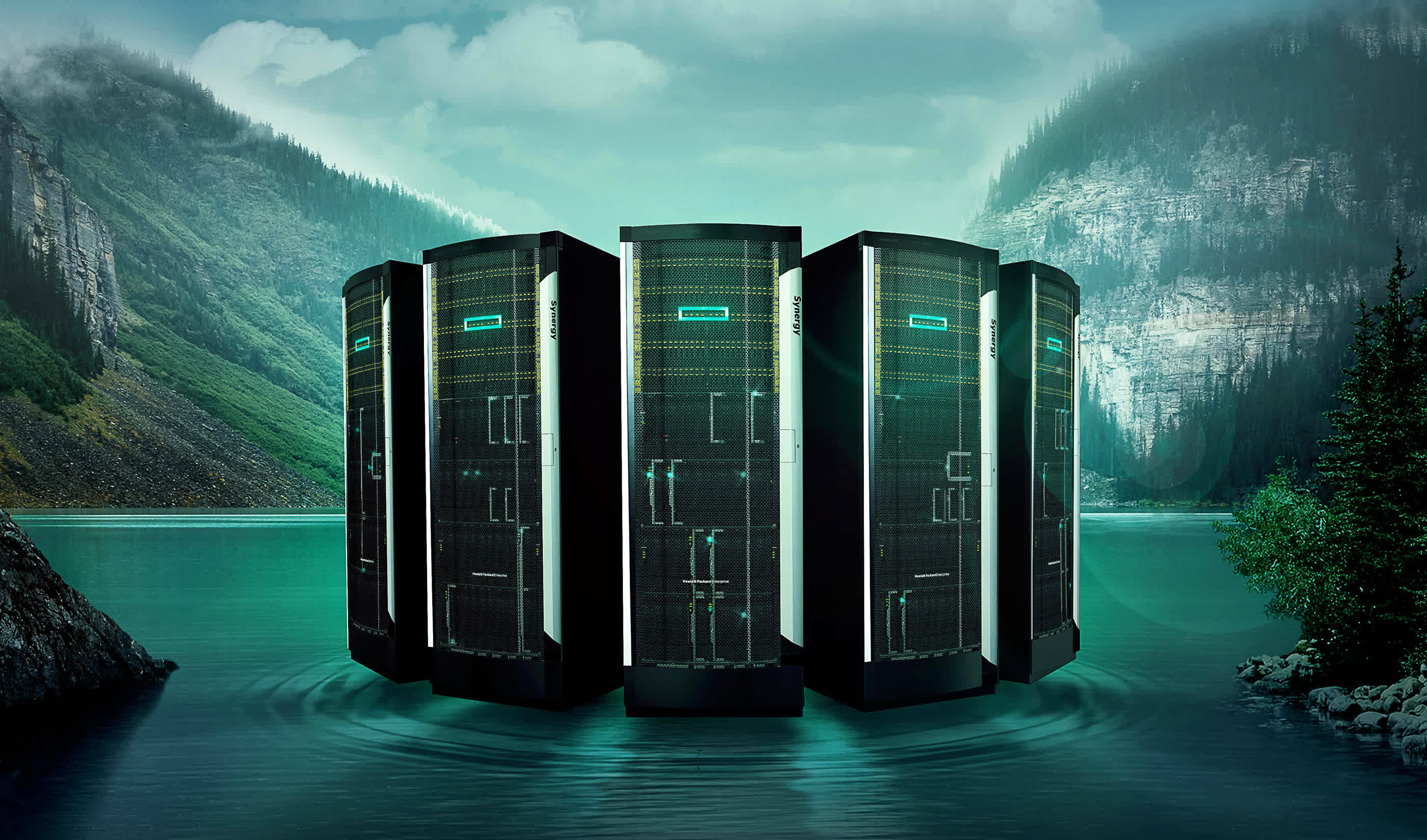It was hardly surprising that one of the biggest announcements from HPE's Discover event had to do with generative AI. What may catch people off guard, however, is the manner with which the company is entering the GenAI market.
HPE announced a new as-a-service offering called HPE GreenLake for Large Language Models (LLMs). Expected to be available later this year in the US and early next year in Europe, the latest HPE GreenLake offering is designed to let customers tap into a multi-language LLM model called Luminous, developed by German company Aleph Alpha.
HPE emphasized that the primary goal of this service is to enable companies to use their own data to train the versatile generative AI model and customize it according to their specific needs.
What makes the news particularly intriguing is how the company is marketing the service and the technologies underpinning it. HPE describes it as a public cloud specifically tailored to let companies access it as and when required, with the precise resources they need. In other words, it's a classic public cloud service – not necessarily what you'd expect HPE to offer in a burgeoning field like generative AI.
Essentially, HPE has developed a supercomputing-as-a-service solution – an interesting feat in itself – and then equipped it with a specific application. HPE says that generative AI is only the first of numerous applications to be made available through their new architecture.
Even more surprising is that the service is powered by HPE's supercomputing assets. Essentially, HPE has developed a supercomputing-as-a-service solution – an interesting feat in itself – and then equipped it with a specific application. Importantly, HPE emphasized that generative AI is only the first of numerous applications to be made available through their new architecture. Future applications will encompass areas such as climate modeling, healthcare and life sciences, financial services, manufacturing, and transportation.
Given HPE's heritage in supercomputing – remember, it bought Cray Supercomputers in 2019 – the move makes sense, especially with the company's even longer efforts to create HPE GreenLake as-a-service compute offerings (those started in 2018). Nevertheless, it's still interesting to think about the implications of the move and the potential benefits it offers compared to the many other competitive generative AI service offerings.
HPE laid out a number of reasons why it chose to enter the Generative AI market in this way. First, from a hardware perspective, the company believes that the unique architecture of the Cray supercomputers along with HPE AI software stack that the service will run on will give it an edge when it comes to model performance and training reliability.
The company discussed how the faster interconnect speeds found in supercomputing architectures will allow the GPUs to be fed data at a rate that's up to 16x faster than traditional server architectures. This, in turn, should keep the GPUs functioning at a more consistent rate and that should translate into better performance and price/performance ratios.
In addition, the company said it found that for companies building large-scale GenAI models, success rates of running these models could be as low as 15% on traditional server architectures versus closer to 100% on supercomputers. It will take real-world benchmarks to see if these theoretical benefits convert into real-world ones, but it will certainly be interesting to watch.
Another interesting strategy the company is employing involves allocating each AI workload its own computing instance. In contrast to most traditional public cloud workloads, where multiple applications run on a single node, HPE asserts that each workload utilizing the service will have its dedicated compute infrastructure. This is partially due to the nature of supercomputing architectures, but it also provides a privacy advantage that some customers will undoubtedly appreciate.
The decision to incorporate Aleph Alpha's Luminous model into its service is interesting, considering that the German-based company has minimal recognition, particularly in the US market. Some companies may be apprehensive about its relatively small size and its newness to the market. However, with HPE's significant presence in Europe and the Luminous model natively supporting five languages from the outset, it is well-equipped to serve European customers. Moreover, the CEO of Aleph Alpha stated that the company has a novel way of addressing the explainability of the model's results. This claim needs more real-world testing to validate, but it adds another intriguing consideration.
From a software standpoint, HPE plans to utilize some of its supercomputing-specific software to facilitate the process. Specifically, the company's Machine Learning Development Environment is designed to simplify model creation, while the HPE Machine Learning Data Management Software aims to streamline the process of preparing data needed to train AI models. These tools, working in tandem with Luminous, provide enterprise developers with the capabilities they need to customize the general-purpose model to meet their unique requirements.
The last notable technological element is HPE's decision to run this service in co-location facilities that utilize nearly 100% renewable energy. Given the extensive energy often required for GPU-intensive computing infrastructure to operate generative AI models, this is a noteworthy and valuable initiative. The first location is in Quebec, Canada, with others expected to follow.
As the market for generative AI grows increasingly crowded and noisy each day, standing out from the competition becomes more challenging. In light of these hurdles, HPE will need to robustly promote its offering and the narratives surrounding it to avoid fading into the background. The supercomputing angle certainly presents a unique and interesting aspect, but its ultimate influence will heavily rely on the actual price-performance benefits. If these capabilities live up to their promise and if the company can effectively scale the offering to meet potential demand, this could indeed be a thrilling opportunity for HPE moving forward.
Bob O'Donnell is the founder and chief analyst of TECHnalysis Research, LLC a technology consulting firm that provides strategic consulting and market research services to the technology industry and professional financial community. You can follow him on Twitter @bobodtech

